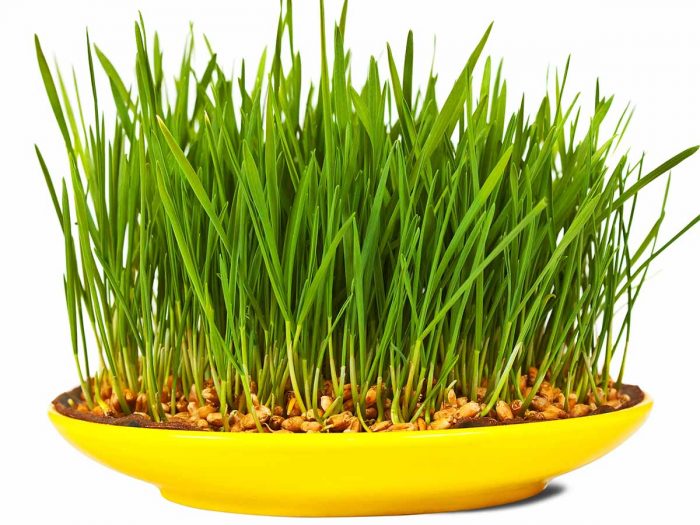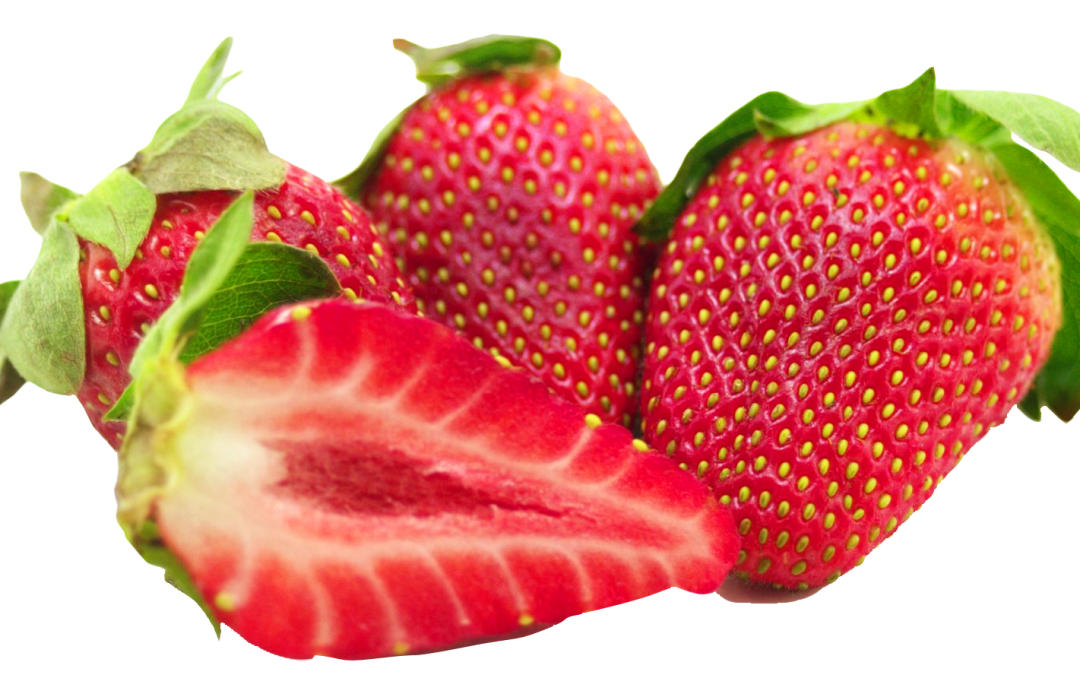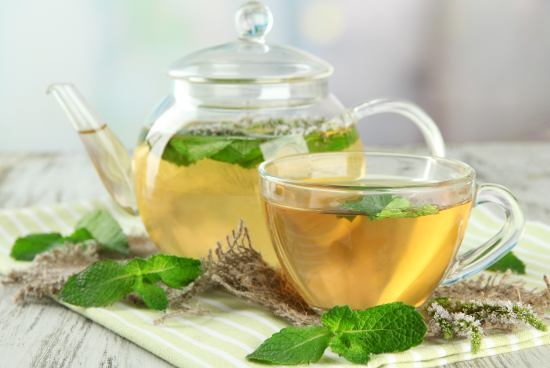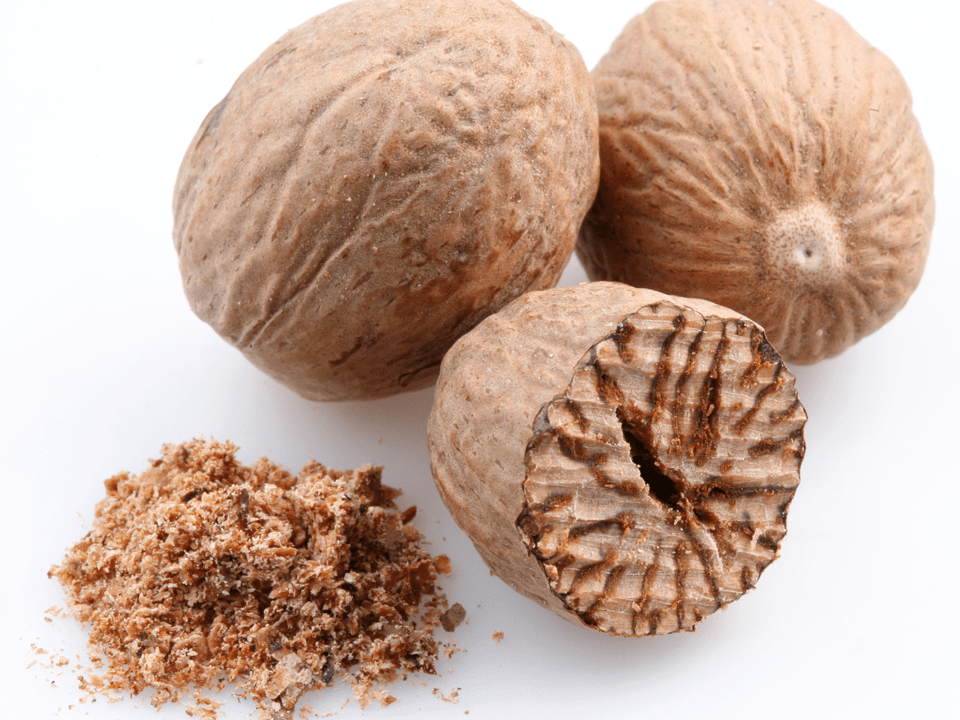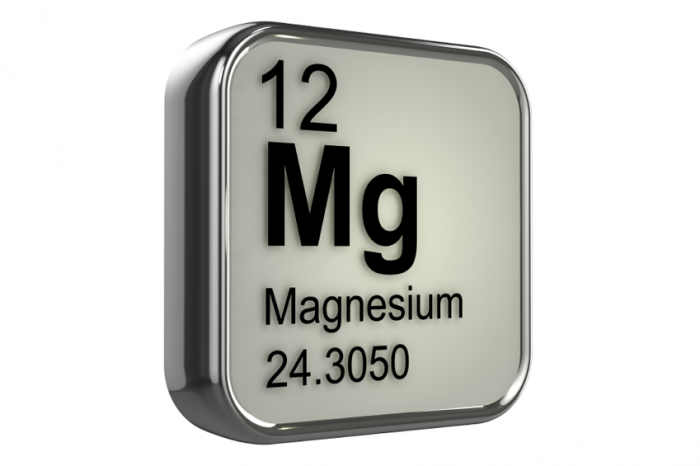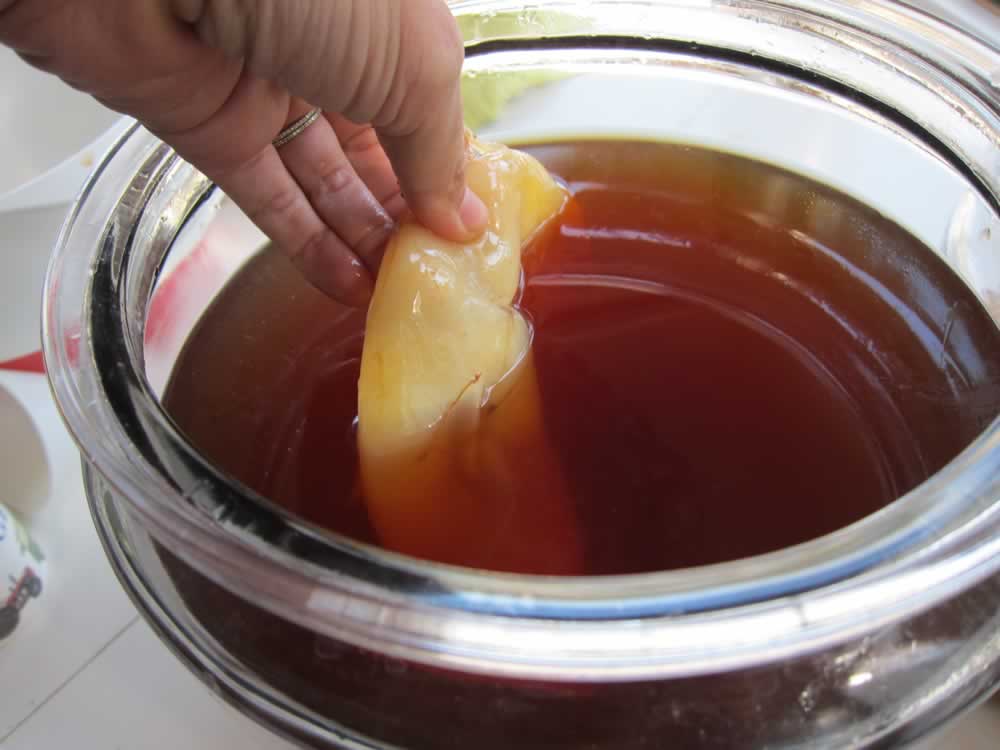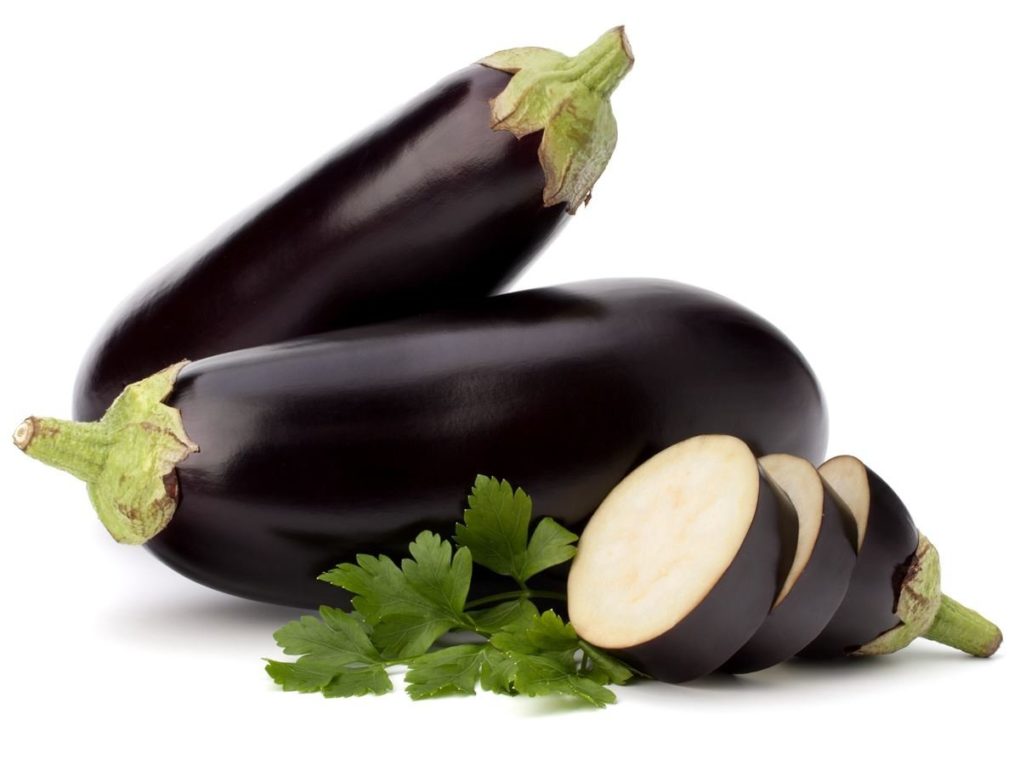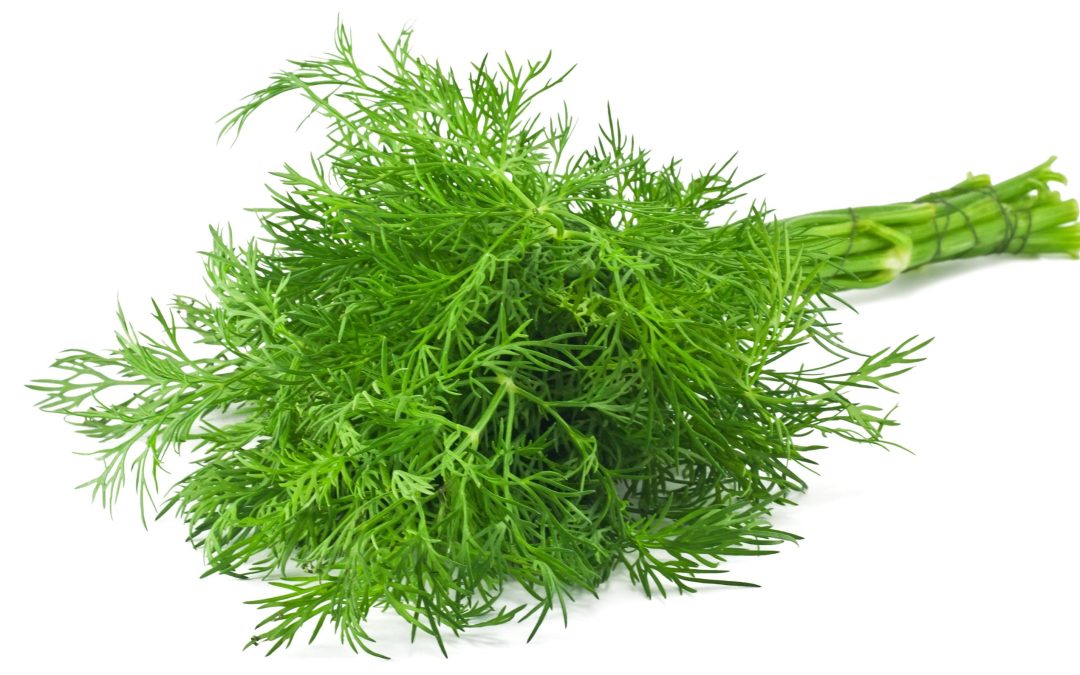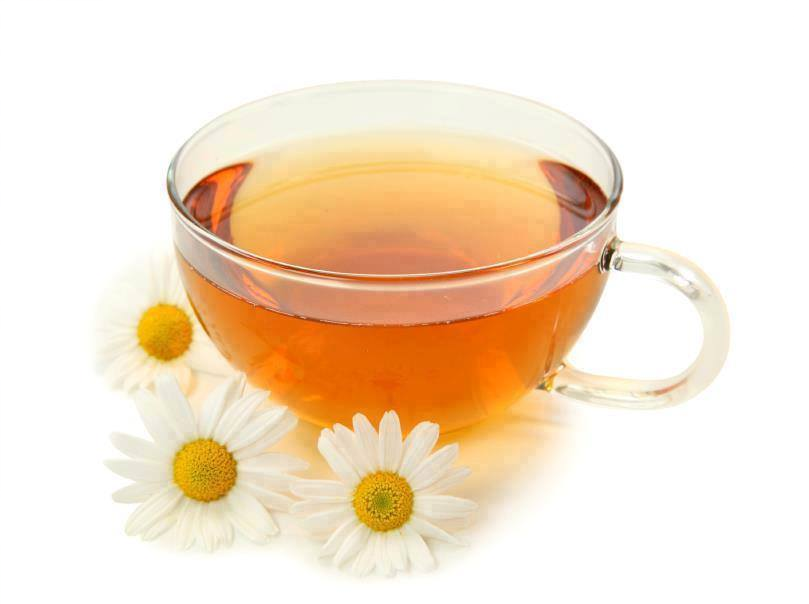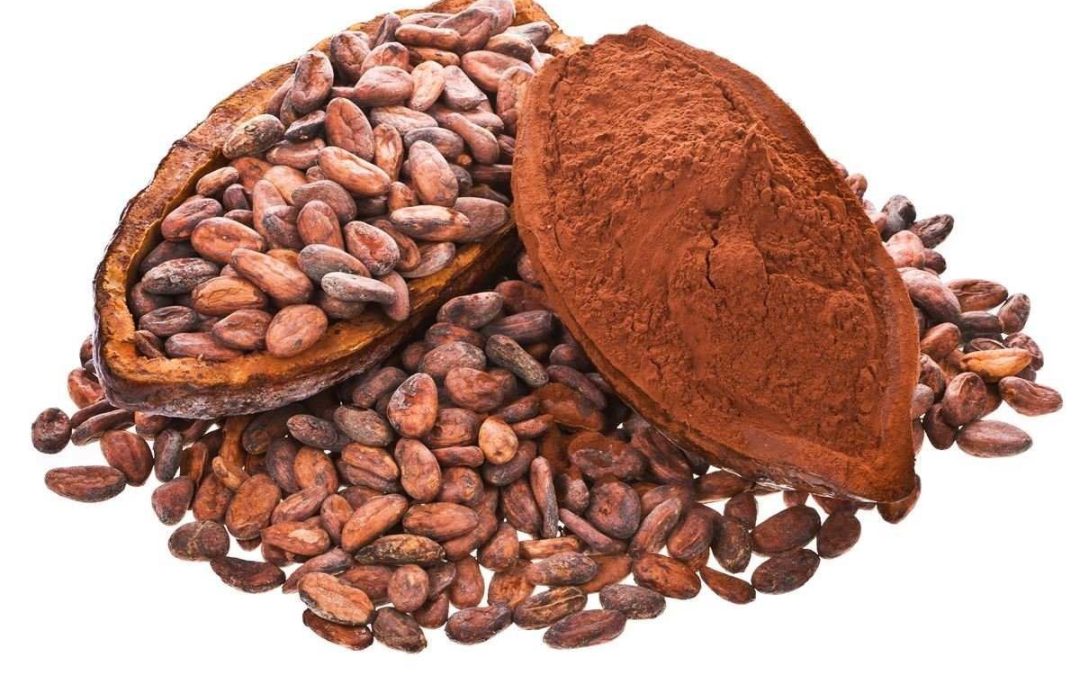C. sinensis var. sinensis
This Chinese plant is a small-leafed bush with multiple stems that reaches a height of some 3 meters. It is native to southeast China. The first tea plant to be discovered, recorded and used to produce tea three thousand years ago, it yields some of the most popular teas.
Green tea is made from the tea plant, Camellia sinensis, the same plant form which black tea is derived. Green tea is produced by lightly steaming fresh cut leaves. This process prevents oxidation which occurs in black tea production – a process that inactivates compounds known as polyphenols that are consequently found in higher concentrations in green tea.
The polyphenolic flavonoids present in green tea of interest are:
- Catechin
- Epicatechin (EC)
- Epicatechin gallate (ECG)
- Epigallocatechin gallate (EGCG)
- Proanthocyanidins
A typical cup of green tea contains 50 to 100mg of polyphenols, with EGCG having the highest concentration.
DBM Protocols – Adjunct Therapy – C. sinensis
- The recommended dosages vary based on age and health status.
- Typical dosage recommendations are between 3 and 10 cups per day.
- Cancer preventative doses are at the higher end of this range.
- Green tea extracts are standardized to polyphenol content and average dosage is between 500-1500mg per day (the equivalent of 5 to 15 cups).
- Remember, when making green tea the water should NOT be boiling hot when adding it to the tea leaves / tea bag.
- Water temperature should be about 80 degrees celsius is 176 fahrenheit and 95 is 203.
- If you make the water too hot and allow it to steep too long, it will make the tea very bitter.
Safety
Green tea is considered safe and non-toxic when consumed regularly. It is important to note that a cup of green tea generally contains between 10-50mg of caffeine and over consumption of caffeine may cause irritability, insomnia, nervousness, and tachycardia.
- Children – Green tea and green tea extracts should not be ingested by infants as doses above 250ml/day may affect iron metabolism and cause microcytic anemia.
Contraindications
- End Stage Renal Disease – Due to its high potassium content patients with end stage renal disease should avoid consumption of green tea.
Drug Interactions
- No reported drug interactions. Although there are theoretical concerns due to caffeine’s antiplatelet activity when co-administered with anticoagulants.
Nutrient Interactions
- None reported.
See also Teas & Tisanes For Healing



